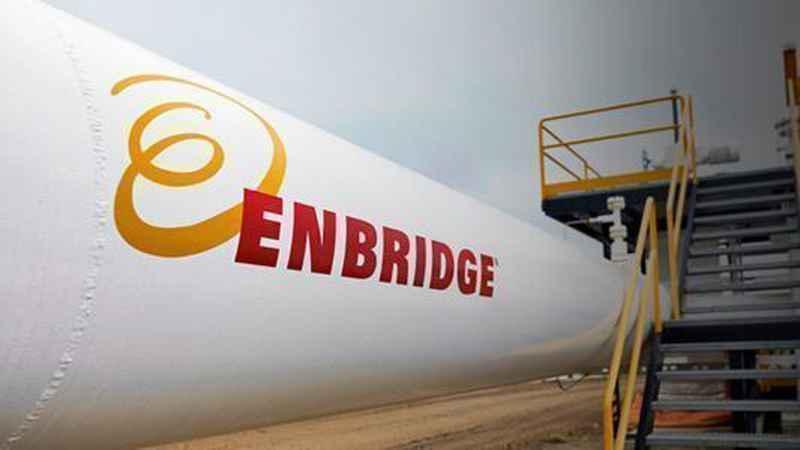Enbridge Line 5 Project Advances with DNR Permits in Wisconsin
Mary Holcomb, Digital Editor
(P&GJ) — On Nov. 14, the Wisconsin Department of Natural Resources (DNR) issued an individual wetland and waterway permit for Enbridge’s proposed Line 5 pipeline relocation in Ashland and Iron counties. This decision follows a thorough review of state laws, public input, and the administrative record.
Enbridge's proposed relocation involves replacing a 41-mile segment of its 645-mile Line 5 pipeline with a new 30-inch diameter pipe running through Ashland, Bayfield, and Iron Counties.
Before construction can begin, Enbridge must secure all necessary federal, state, and local permits, including the DNR’s approval for construction-related activities affecting navigable waterways and wetlands. This approval comes with more than 200 conditions to ensure compliance with Wisconsin's wetlands and waterways standards.
RELATED: Enbridge Picks Contractors for Great Lakes Tunnel Project, Securing Line 5 Pipeline Route
Additionally, the DNR has granted coverage under its Wisconsin Pollution Discharge Elimination System (WPDES) General Permit for Construction Site Storm Water. This allows Enbridge to carry out land-disturbing activities related to construction, as long as erosion control and water quality measures are followed. Enbridge must also obtain approval from the U.S. Army Corps of Engineers, which is reviewing the project’s water quality certification.
The existing Line 5, operational since 1953, runs from Superior, Wisconsin, to Sarnia, Ontario, and includes a 12-mile segment through the Bad River Reservation. Enbridge’s proposal includes replacing 20 miles of pipeline, including the 12 miles within the reservation, with a new 41-mile segment routed outside the reservation’s borders.
In September, Enbridge agreed to forgo using a 2021 permit from Michigan’s Department of Environment, Great Lakes, and Energy (EGLE) for its Line 5 tunnel project and sought a new permit instead. This decision came amid ongoing concerns from Michigan’s Tribal Nations and environmental groups about the risks posed by the pipeline, which crosses the Straits of Mackinac, a critical area where Lake Michigan and Lake Huron meet.
The pipeline, which transports millions of gallons of crude oil and natural gas daily, has been controversial due to its location in this sensitive environment.
Following a 2018 anchor strike that damaged the pipeline, Enbridge proposed relocating the pipeline around the Bad River Reservation and into a concrete tunnel under the lakebed to mitigate spill risks.
The construction would require a 120-foot-wide temporary construction right-of-way (ROW), with a permanent 50-foot-wide ROW for the new pipeline, plus additional space for construction equipment and materials.
The Author
Related News
Related News

- Kinder Morgan Proposes 290-Mile Gas Pipeline Expansion Spanning Three States
- Enbridge Plans 86-Mile Pipeline Expansion, Bringing 850 Workers to Northern B.C.
- Intensity, Rainbow Energy to Build 344-Mile Gas Pipeline Across North Dakota
- Tallgrass to Build New Permian-to-Rockies Pipeline, Targets 2028 Startup with 2.4 Bcf Capacity
- U.S. Moves to Block Enterprise Products’ Exports to China Over Security Risk
- U.S. Pipeline Expansion to Add 99 Bcf/d, Mostly for LNG Export, Report Finds
- A Systematic Approach To Ensuring Pipeline Integrity
- US Poised to Become Net Exporter of Crude Oil in 2023
- EIG’s MidOcean Energy Acquires 20% Stake in Peru LNG, Including 254-Mile Pipeline
- Enbridge Sells $511 Million Stake in Westcoast Pipeline to Indigenous Alliance






Comments